6. The End of Evangelion (1997)
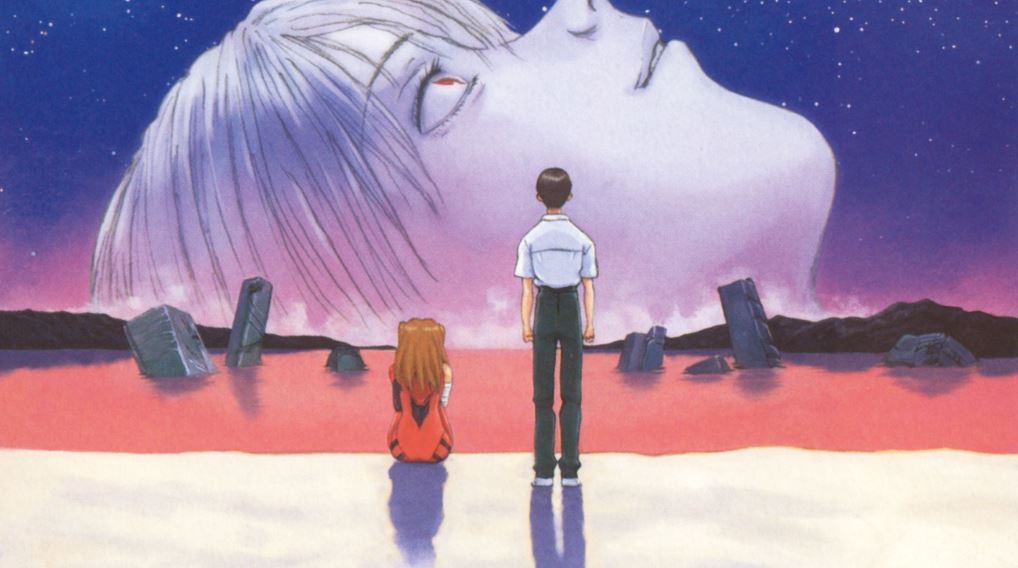
On October 4th, 1995, a scrappy anime studio known as Gainax released the pilot to what would quickly become a cultural phenomenon: Neon Genesis Evangelion. The show follows the exploits of a group of teens as they are forced to pilot massive mech robots in a battle against a mysterious onslaught of celestial beings known as Angels. The series grew into a cultural phenomenon. The mastermind auteur behind the series was a shy, reserved man named Hideaki Anno.
The show’s dedicated fanbase was not prepared for Anno’s introspective, open-ended and confusing conclusion to the series, and even went so far as to send death threats to the show’s team. In response, Anno created an alternate ending in film form with a higher budget, serving as the franchise’s definitive conclusion. What resulted is perhaps the most daring, the most devastating, and the most incomprehensible work in popular culture to date: The End of Evangelion.
To properly experience the film, one must watch the original anime series first, so the plot is not worth explaining here. But even having seen the show, The End of Evangelion almost raises more questions than the original ending does. The film nearly reaches total abstraction in its final act, going so far as to include live action sequences and screenshots of the hate mail Gainax received.
The film presents a basic moral dilemma for its protagonist: do you choose humanity and all the suffering caused by our inability to understand one another, or do you choose nothingness and eternal peace? The film is unflinching in its tackling of existential dilemmas, teen angst, sexuality, depression, spirituality, love, and everything in between. It is one of the most difficult to comprehend films ever made, but one of the most easily felt: the dilemma of humanity is one that will resonate forever, and End of Evangelion is one of the most powerful and intimate films to tackle the subject.
7. Meshes of the Afternoon (1943)
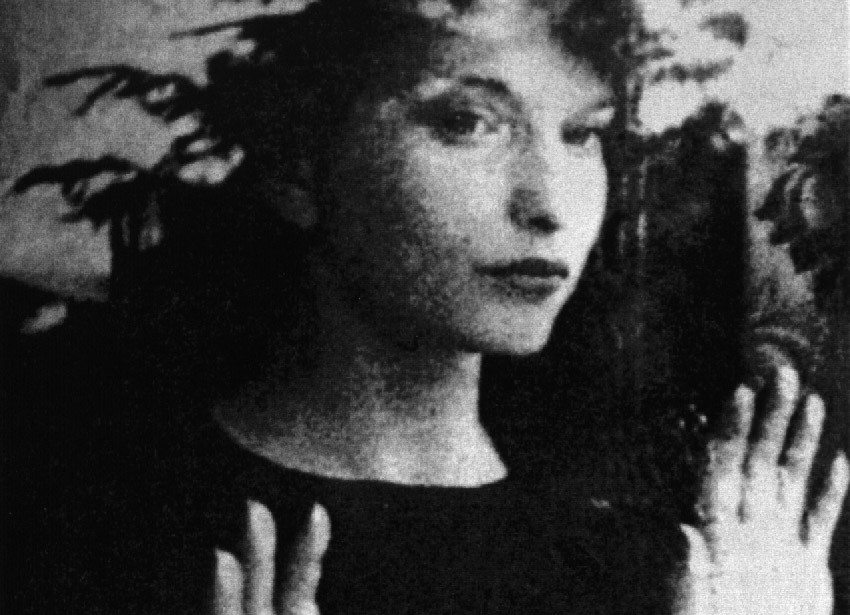
Meshes of the Afternoon is a 1943 experimental short film directed by the husband-wife duo Maya Deren and Alexander Hammid, who also star in the film. Within its fourteen minute runtime, a woman engages in a surreal cat and mouse game with a hooded, mirror-faced figure.
Meshes of the Afternoon is a landmark in American filmmaking. The film is both deeply abstract and decades ahead of its time, boasting an incredibly complex and multidimensional plot within its brief runtime. Even if it may be difficult to understand the events of the film, the moody black-and-white photography and eerie tone create an atmosphere and feeling that is beyond words or mental comprehension. It’s an emotional experience rather than an intellectual one; it transcends logic and must be felt rather than explained.
8. Synecdoche, New York (2008)
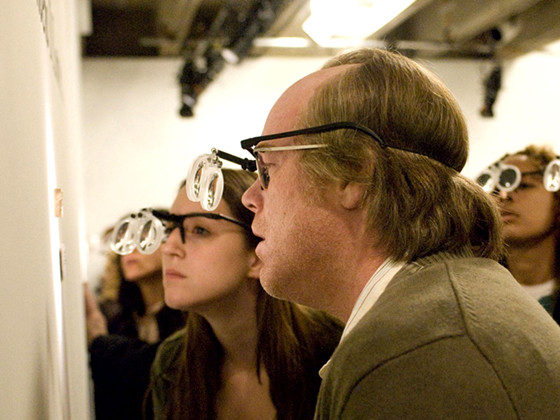
Serving as the directorial debut from esteemed writer Charlie Kaufmann, Synecdoche, New York is a crushing, ambitious and complex portrait of humanity.
The film follows a pitiful theater director named Caden, played iconically by Phillip Seymour Hoffman. Caden is essentially at the end of his rope, suffering from a failed relationship with his wife and an onslaught of physical illnesses. However, after a successful rendition of an Arthur Miller play, Caden is given a grant that allows him to pursue his artistic vision. What ensues is a surreal and massive scale theater production of Caden’s own life and the lives of all others around him. Art imitates life, life imitates art.
Synecdoche, New York is an incredibly divisive film; you love it, or you hate it. It’s not a film that needs to be explained, it’s a film that must be experienced by each individual and perhaps viewed multiple times to fully grasp. The film’s narrative consistently breaks conventional logic by subtly disrupting the laws of time and space, adding to the bizarre tone of the film.
In this way, the logistics and plot of the film are unimportant when compared to the film’s commitment to expressing the human condition on emotional terms. At the end of the day, it’s not all about you. You are not the star of your own play. It’s a sobering idea manifested effectively in one of the most baffling films ever created.
9. Cat Soup (2001)
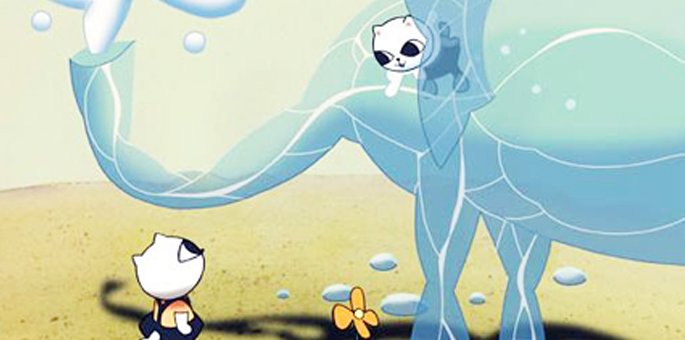
Cat Soup is a 34 minute anime short by Tatsuo Satō, based on the comics by Japanese artist Nekojiru, who took her own life in 1998. The film is simultaneously upsetting and rather heartwarming. In the short, a young (and adorable) anthropomorphic cat named Nyatta goes on a quest to save her older sister’s soul. What ensues is a psychedelic and metaphysical journey to death and back.
One minute, Cat Soup is sweet, comedic and harmless. The next, it’s cruel and sadistic. The film utilizes drastic tonal shifts and inventive visuals to explore a wide variety of ideas and environments within its short runtime. There are many ways the film could be interpreted. Is it a testament to intolerance and bias? A reflection on a broken home? An ode to death and fate? No interpretation is definitively right or wrong, in the true spirit of surrealist filmmaking.
Cat Soup is a film that allows its viewer to slip into a dream-like state of consciousness and connect with the sounds and imagery on screen. The film is comforting, and even strangely nostalgic, while also isolating and rather hopeless. Cat Soup is a one of a kind short film, and its magic only increases upon repeated viewings.
10. Waking Life (2001)
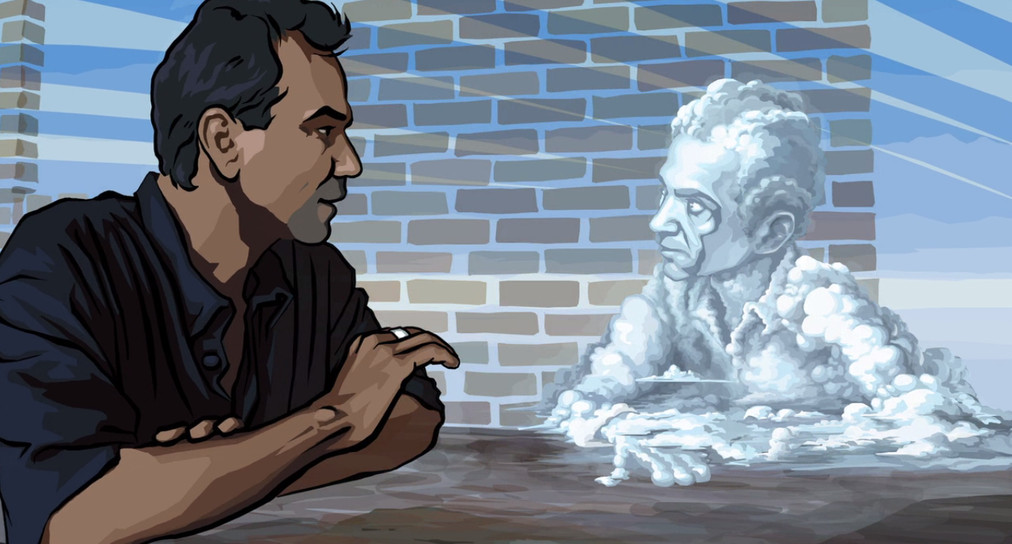
Waking Life is a 2001 rotoscope animated film directed by Richard Linklater. The film explores the meaning of consciousness and existence through a series of vignettes and casual discussions, similar to the structure of Linklater’s earlier work Slacker (1990). The film’s unnamed protagonist wanders around in a dream state of consciousness, soaking in different ideas and dimensions of life.
The brilliance of Waking Life lies in Linklater’s ability to make heady, academic concepts feel engaging, unpretentious, and comprehensive. The film tackles big existential ideas from a casual, pedestrian standpoint. The effect is both bizarre and humorous.
Lacking a definitive plot, the film’s structure feels like a melty, dreamy journey – a collage of ordinary people trying to make sense of the uncanny place that is our world. Waking Life is not a pompous intellectual exercise, it’s a film that’s just as unsure about the universe as everyone else is. In this way, it’s an unforgettable work of art.